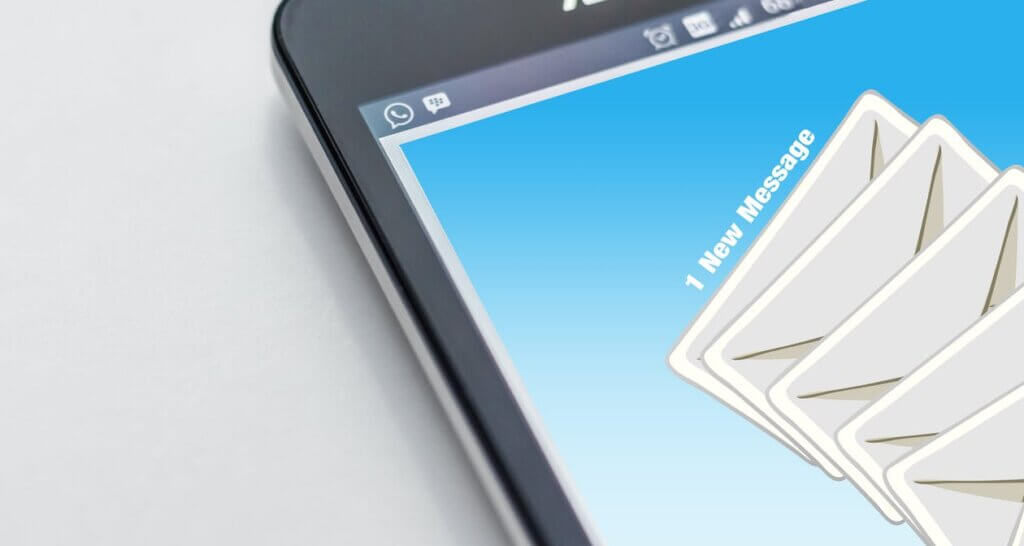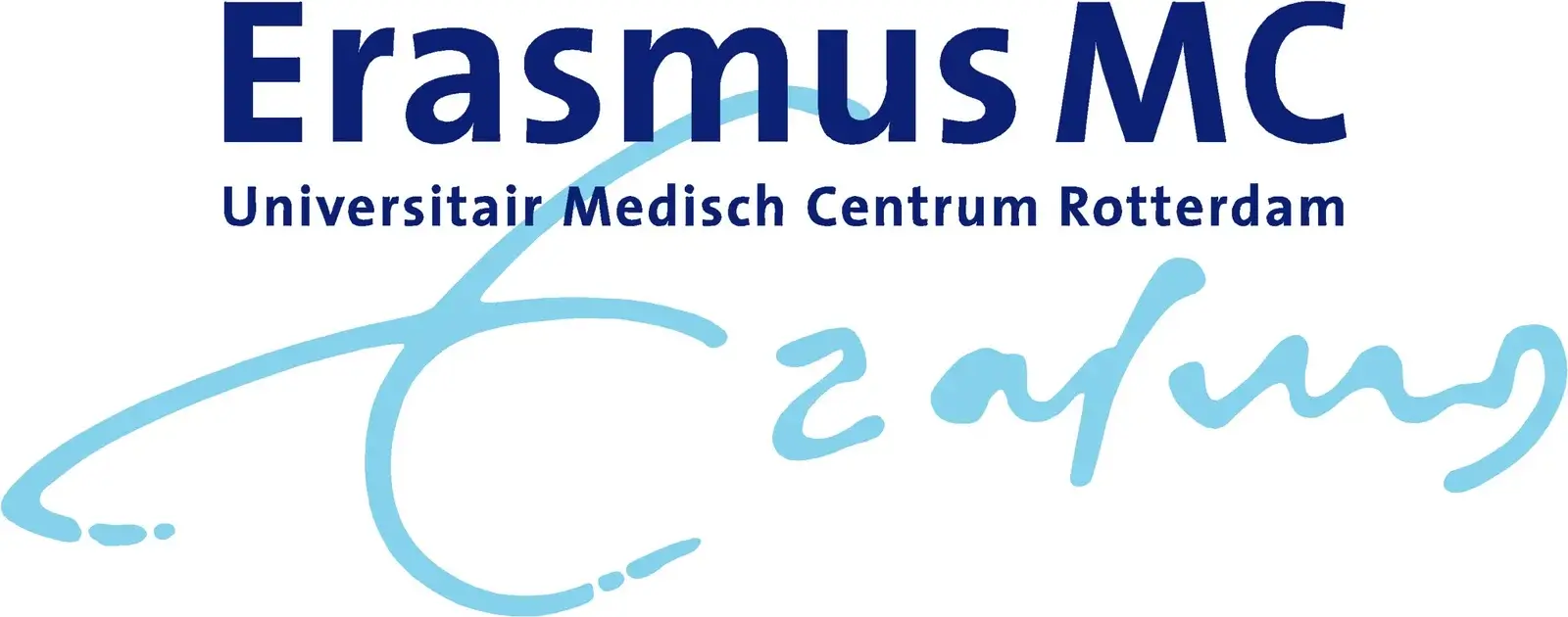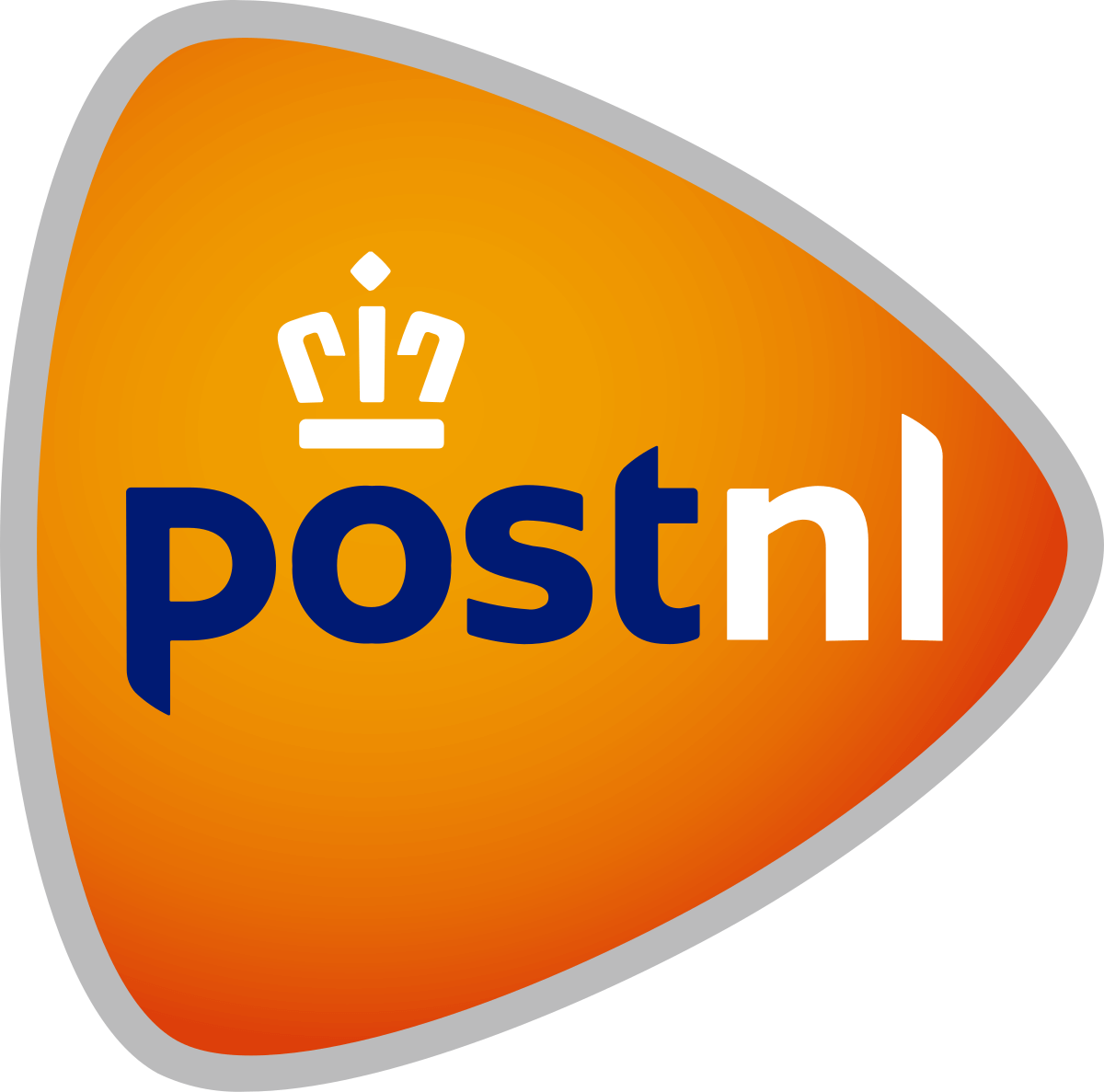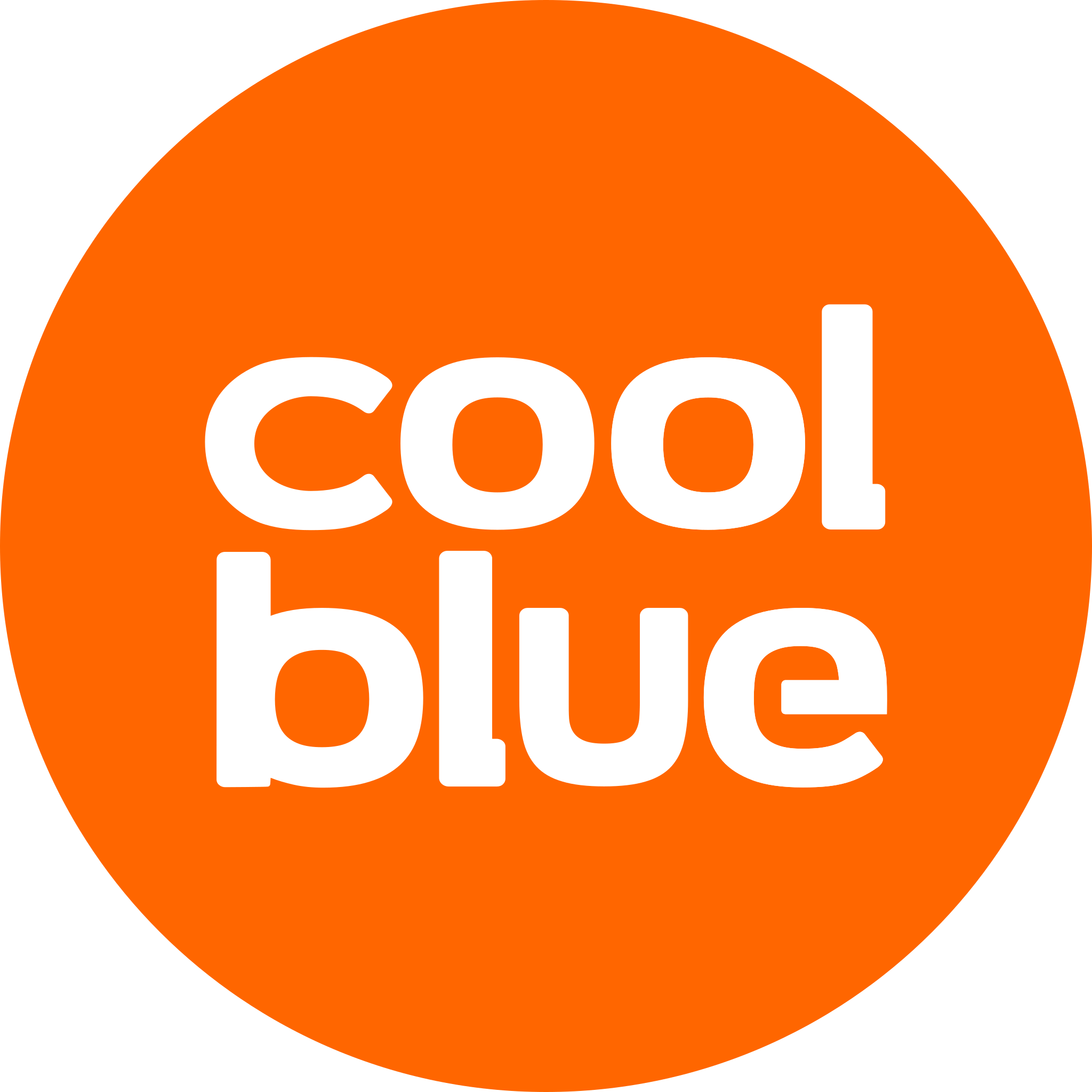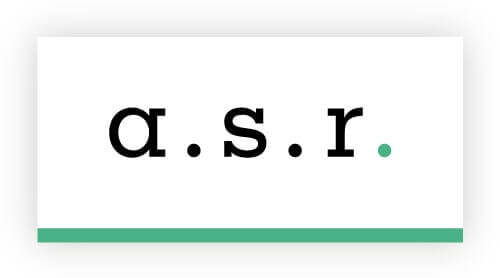Communication with customers is extremely important. Therefore companies spend a lot of time on communication tools. Via a mobile device, there are several ways to communicate with customers, SMS and e-mail being the most well known of these options.
SMS versus e-mail
When sending out marketing campaigns both channels are suitable, but are both media really as similar as they seem? And more importantly, which medium is worth your time and money? Ultimately, your goal is to reach your customers in the most efficient way to convince them of your product or service.
Both mobile communication channels have their pro’s and con’s, so how should you decide which option is best for your business? The answer is simple: it all depends on what you want to achieve and what you wish to use it for.
The next comping weeks we will explain the advantages and disadvantages of both channels below for various applications. Let’s start with the comparison of SMS and e-mail when it is about opening percentages.
Opening percentage
An opening percentage is the amount of recipients that actually open an e-mail or SMS message. Research shows that the average ‘opening rate’ of SMS is 99%. Of this percentage, 97% is read within 5 minutes. In contrast e-mail has an opening rate of 28% – 33%, depending on the number of campaigns being sent. The more e-mail campaigns sent, the higher the open rate will be.
Personalization
E-mail is one of the most common communication tools and is frequently used to inform customers. The advantage of SMS is that consumers experience the messages as very personal. SMS messages are received in an inbox that contains messages from friends, family and acquaintances. An e-mail inbox can sometimes be full of with spam.
Both media channels should approach consumers on a personal level. Usually a consumer is addressed to by name and an analysis of the audience should be made before choosing how to approach them. By showing that you know your client, your campaigns will be more effective.
Frequency
It is advisable to keep the number of SMS messages you send limited, so that the customer experience of receiving an SMS from your company remains unique. When using e-mail however, it is more effective to send out several campaigns on a monthly basis.
Research has shown that e-mailing approximately thirty campaigns per month, will lead to the highest open and click through rates. For SMS, 4 to 6 campaigns per month lead to the best results.
Amount of click throughs
The ‘click through rate’ of an SMS or e-mail concerns the percentage of recipients who clicked on a link in the message and were directed to the sender’s website. E-mail has an average click through rate of 3%, while SMS is on average 19%. Generally, people do not have the time or the patience to read an entire e-mail and therefore often don’t reach the link they need to click through on. SMS messages that are short and concise will be read by the customer and will lead to a higher number of click-throughs.
Unsubscribe percentage
Compared to SMS, e-mail has a lower number of unsubscribes (“opt outs”). People are accustomed to receiving e-mails from companies, so they will not opt out of the messages straight away that don’t have an initial interest for.
Length of the message
An SMS can be up to 160 characters long and when a ‘long SMS’ is sent, a message can be up to a maximum of 612 characters long. SMS messages should therefore be straight to the point and there is no room for irrelevant information.
In contrast, e-mail is not limited by a maximum number of characters. If you have a lot to say as a company, e-mail is preferred. However, it should be noted one shouldn’t add irrelevant information that could bore customers.
Costs
SMS campaigns seem more expensive than e-mail campaigns when looking at the cost per message. Communication via e-mail is usually free and for marketing purposes this channel is very suitable. However, one should take into account the costs involved in creating the campaigns. E-mail campaigns are visually more appealing than SMS but creative input and designers are needed to achieve these effects. In addition, the e-mails must be made compatible with the mail client.
So, use SMS or e-mail?
SMS and e-mail both have their benefits in different areas. E-mail is free, whilst SMS achieves higher open and click through rates. As both channels have their own advantages, it is important to use both communication channels in a marketing campaign to create the perfect synergy.
There are several marketing automation tools available to set up relevant campaigns. Digital profiles of prospects are set up in which the marketing possibilities are selected. This results in only sending information to a (potential) customer, which they wish to receive via the most suitable marketing channel for them. A marketing automation tool helps to automate this process.
Spryng operates worldwide with the largest marketing automation systems including Selligent and SALESmanago.

